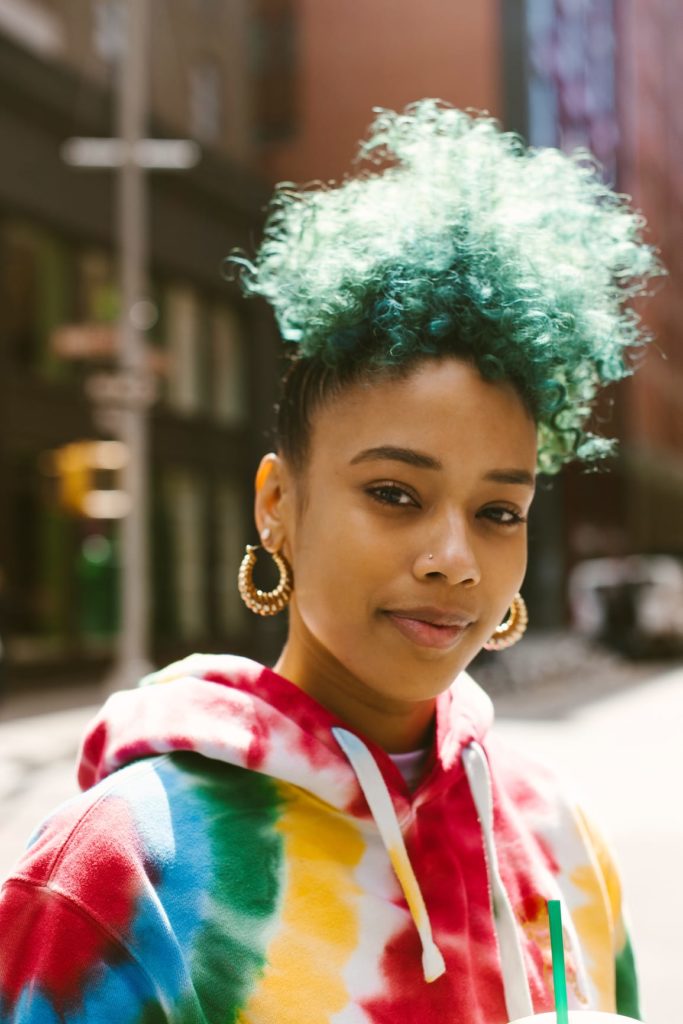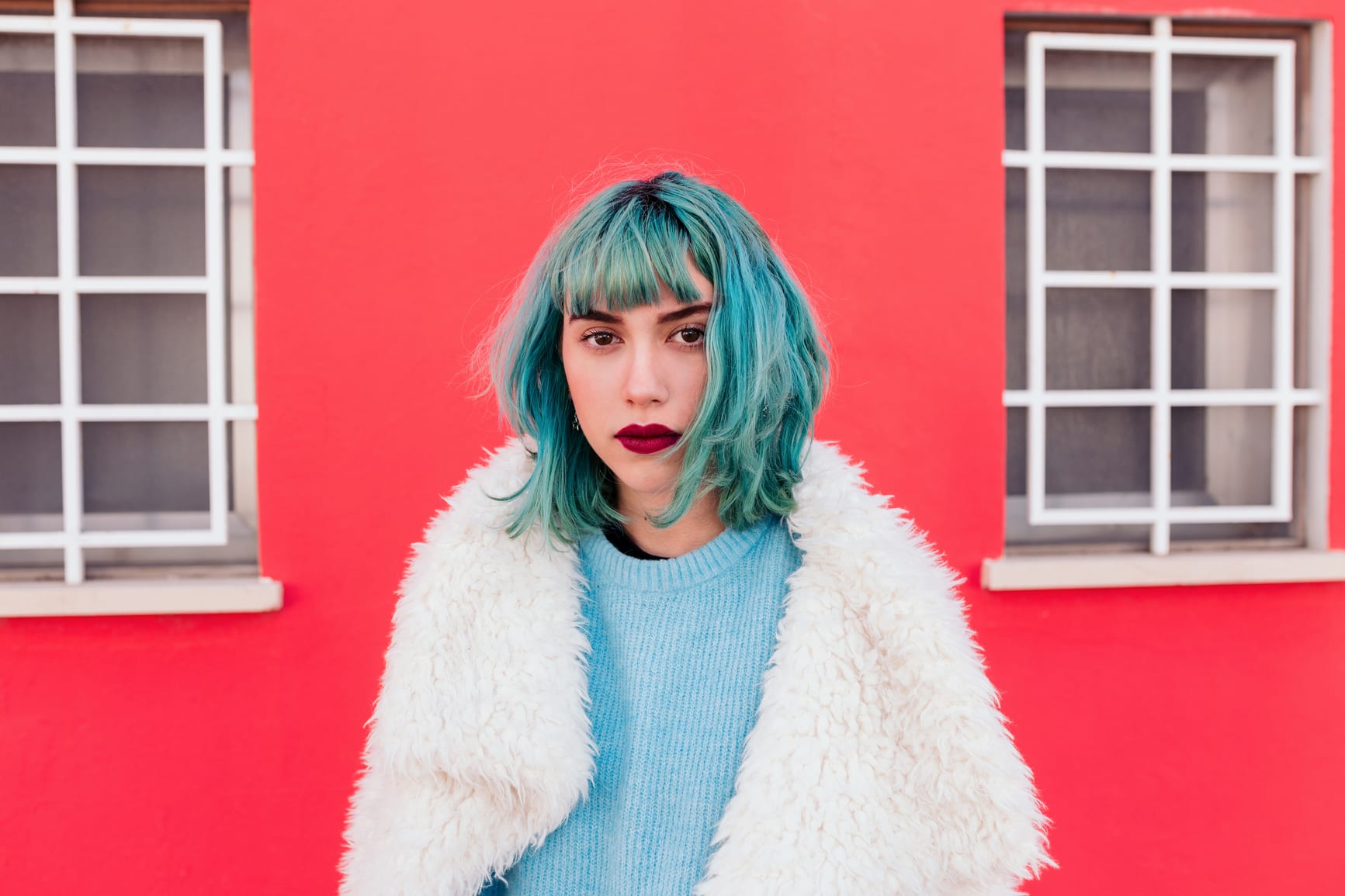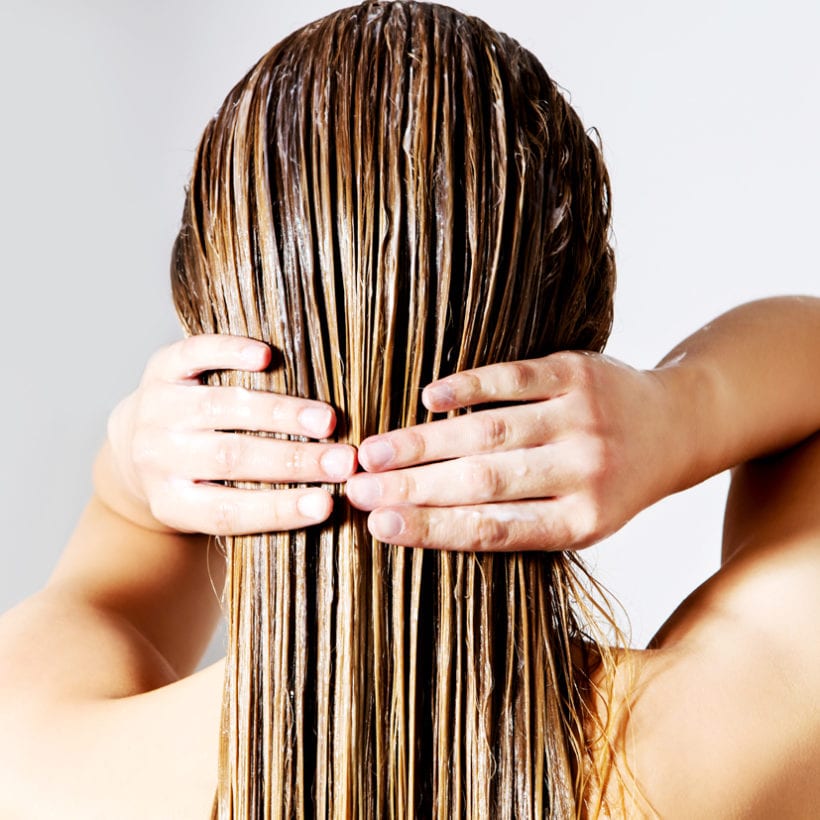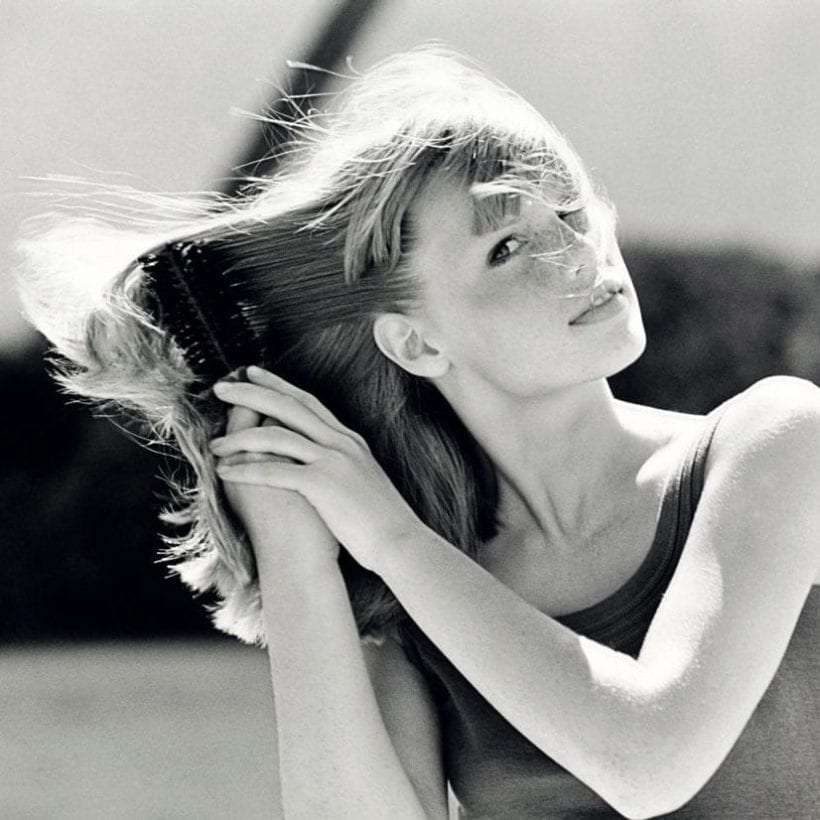Whether it’s the start of a new school season or you’re just tired of looking at your same ol’ style on Zoom, for many of us dyeing our hair is the best way to get out of an I’m-bored-with-my-hair rut. So now that you have a fresh dye job, your hair care routine will (and should) look a lot different — and this includes how you take care of your scalp.
First, in determining what will keep your scalp and colored hair as healthy as possible, let’s serve a little reminder about your pH. The “potential hydrogen” level, on a scale of 0-14, refers to how acidic or how alkaline something is. Seven is considered neutral, while any number above that is alkaline and a number below seven is considered acidic. Our hair and scalp are naturally on the acidic side: The scalp pH is 5.5 and the hair shaft pH is 3.67. When your scalp is at the optimal number, your sebum production is balanced; when your hair is in its happy place, the cuticles are closed (open hair cuticles look frizzy and dry).
The pH balance basically contributes to how your hair or scalp looks and feels. So when you’re having a “good hair day,” chances are that your pH levels are balanced. Alternatively, when your scalp is irritated and your hair is looking frizzy, your pH is probably suffering.
So how does this affect your colored-hair care routine?
First off, when you color your hair the process itself usually uses a highly alkaline product like bleach that swells open the hair cuticle so that the new dye can penetrate. “When hair is exposed to more alkaline environments and opens the cuticle, it causes less reflection and shine, which not only contributes to increased fading of hair color, it makes your hair at greater risk to be brittle and break off,” says Kali Goodwin, an NYC-based hairstylist. 
Coloring your hair “can also leave some dyes and irritative ingredients behind on the scalp, so a scalp detox to recover a healthy/clean scalp is definitely a great step to add to the routine of people with colored hair,” says Marie Mignon, Prose R&D Director. “Furthermore, people with colored hair are often using hair care products that are loaded with too many conditioning ingredients that work well on their dry hair strands, but that are not meant to be in contact with the scalp and can lead to build-up, clogged pores or irritation,” she says. Between your dye job and the products you use to keep up with your new color, your pH is thrown off balance.
An acidic scalp treatment in your routine is a safe way to help counter that damage. After all, a healthy and moisturized scalp makes your hair (and its color) look the best it can be. AHAs (alpha-hydroxy acids) and BHAs (beta hydroxy acids) have the same effect on your scalp as they do on your skin: “AHAs like glycolic, lactic and acetic as well as BHAs (like salicylic acid) both act to disrupt the bonds between dead scalp skin cells and drive newer skin cells to the surface of the scalp, removing build-up from past treatments,” says Mignon.
But there are a few tips to keep in mind when you have colored hair and use an acid scalp treatment:
- Read the label. “While acid scalp treatments are super-effective at exfoliating the scalp they have to be carefully formulated (not at a pH lower than three and not at a high concentration) to avoid any irritation of the scalp or any impact on color-treated hair. At low concentrations, these acids can help remove scalp build-up gently and won’t have any impact on hair color. It’s all a matter of dosage,” says Mignon. Brands aren’t required to show the pH of their products on the labels.
- Prep accordingly. To avoid stripping your color while using your acid scalp treatment, “use a hair oil like Prose Custom Hair Oil before applying AHAs/BHAs concentrated scalp treatments. The custom blend of natural oils will act as a shield and prevent dyes from coming out of the hair shaft,” says Mignon.

- Consult your colorist. Your colorist will be the best person to determine how your hair color will react to an acid scalp treatment. Using one will likely strip your color if it is freshly dyed or if you have high porosity or damaged hair, says Mignon. A great rule of thumb is to “avoid using AHAs and BHAs (or any highly concentrated treatment) on the scalp immediately after coloring hair” to make sure it has the least impact on your dye job, says Mignon. So wait fora week after dying your hair just to protect the color. You wouldn’t go swimming straight after dying your hair. It won’t be bad for your hair or scalp but it will just risk damaging your color.
- Use it consistently. “Acid-based scalp products are great for colored hair for locking in moisture and shine while preserving your hair color with a healthy scalp. But don’t use it on a daily basis,” says Ferrera. How often you use an acid scalp treatment “all depends on your scalp health, product build-up, and washing frequency. But in general, I’d recommend as often as once a week and as seldom as once monthly,” she says.
We only recommend products we have independently researched, tested, and loved. If you purchase a product found through our links, Sunday Edit may earn an affiliate commission.








